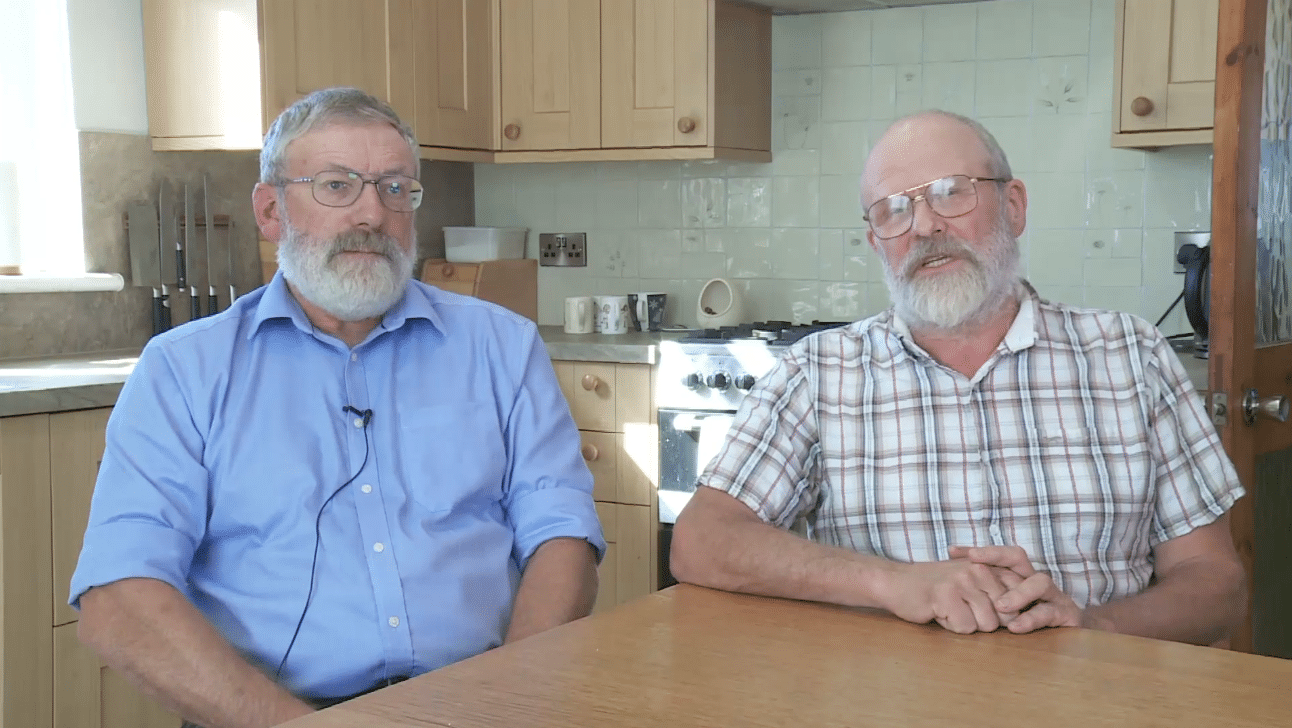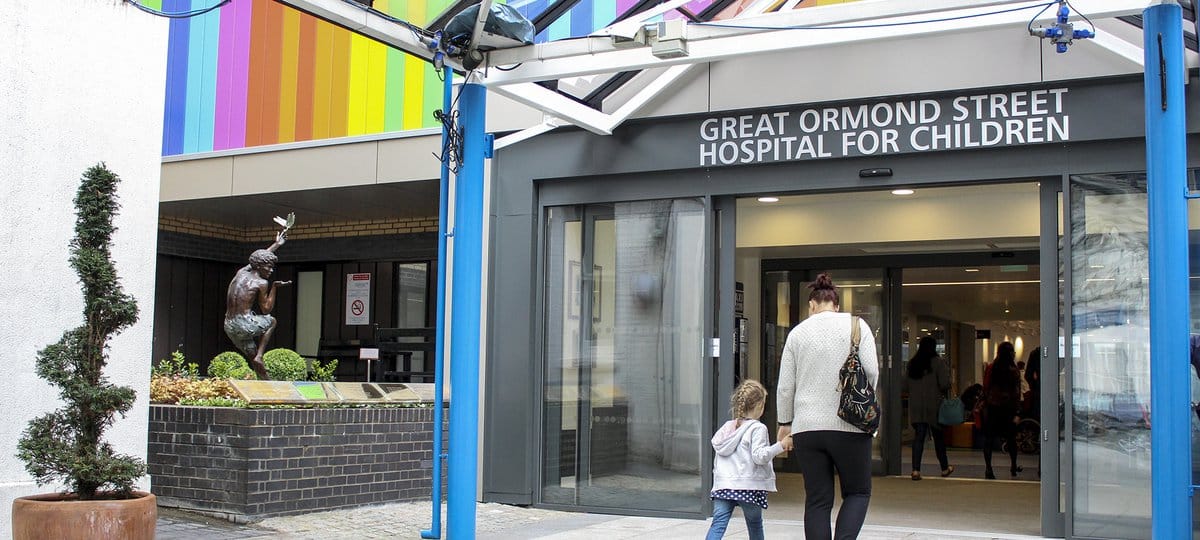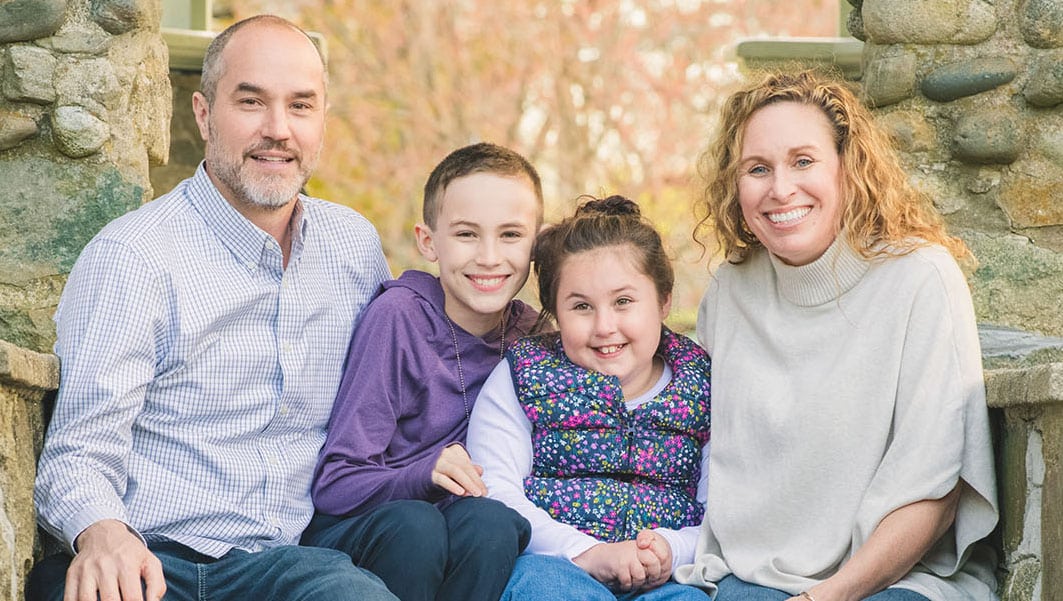Late-onset retinal degeneration (L-ORD) is a rare inherited eye disease that leads to blindness in older people. Sadly, there are currently no treatments that can help prevent people losing their sight.
In L-ORD, faults in a gene called C1QTNF5 cause the retina to stop working and eventually die, and people go blind. It’s a disease that affected generations of Gordon Hastie’s family.
Gordon’s story
Gordon Hastie, 69, is a retired farmer living near Haddington in East Lothian. With a history of L-ORD in his family, he first started to notice signs of the condition in his late thirties.
“In the early days, I just had a problem with adapting to the dark – which gradually got worse over time. But the condition didn’t really affect my life too much through my forties and most of my fifties.”
‘You don’t know when it’s going to start’
Just before his 65th birthday, Gordon was advised by his optician to stop driving. Over the following year or two, his central vision – which is used to read, drive and see pictures or faces – rapidly deteriorated and completely vanished.
“My father and his two brothers had the condition, and my cousin is also quite badly affected – so I knew what to expect,” he says. “While having to stop driving did impact on my lifestyle, it’s actually been the smaller things – such as losing the ability to read magazines, see what I’m eating in a restaurant, or spot someone smiling at you – that have proved more frustrating than I anticipated.”
Gordon feels very fortunate to have earned his living from dairy farming, which he describes as his hobby and passion.
“It’s hard to explain to people how much I miss being able to see my cows. I’ve bred them for fifty years and I used to know their mothers and grandmothers,” he says. “The pleasure I got from that was an enormous part of what I did.”
Could correcting the faulty gene treat L-ORD?
LifeArc is funding research into a new cutting-edge treatment that aims to correct the most common C1QTNF5 gene fault in a layer of cells at the back of the eye called retinal pigment epithelium (RPE) – offering the hope of preventing sight loss in these patients.
In this project, scientists at the University of Edinburgh hope to establish a suitable ‘gene-editing’ strategy that can correct the gene fault in RPE cells – and then test how effective it is in stem cells and other RPE cell models of L-ORD.
The researchers will also study L-ORD patients with this gene fault to better understand how the disease progresses over time.
Hope for the future
Gordon still enjoys daily walks with his wife and dogs – and they go on longer hikes with a local walking group each week. He has four children and seven grandchildren – and feels hopeful about a future treatment for L-ORD that can stop the condition in its tracks.
“A one-off treatment would be potentially life-changing, allowing people to live a normal life,” he says. “It would be great to think that future generations won’t have to experience these eyesight problems.”
Find out about the rare disease projects we fund.



